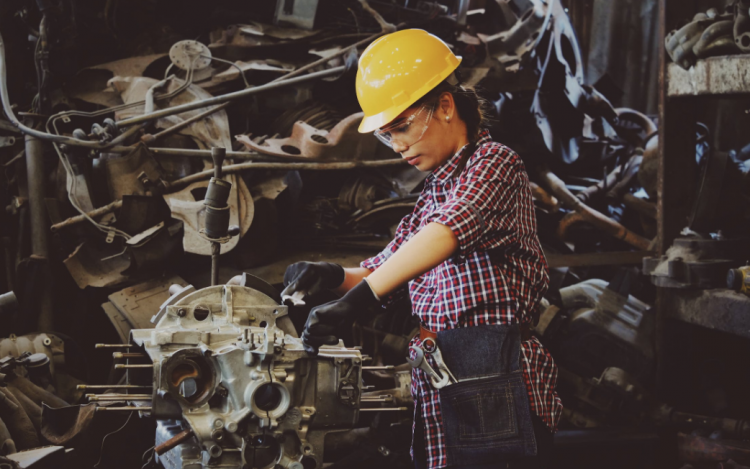Manufacturing is an industry where the more quality products you can output, the higher your annual revenue. When it comes to perfecting your production process, it’s a necessity to stay ahead of your competitors or you’ll end up out of operation. Here are a few of the various ways that manufacturing has changed in the past 50 years.

Automation
Walk into any factory on the planet and we’re sure you’ll see some automation going on. These robotic pieces of equipment allow for quicker and more error-free production of products. This technology has eliminated a lot of human labor from the production process, which has allowed for decreased costs. For consumers, this also means that items that may have once been a luxury are now affordable.
Better Fault Detection
It’s no surprise to anyone living in the 21st century that lawsuits can become brutal for any business and cost in the millions or billions to settle. Any product defect that comes back to be the fault of the manufacturer, they find themselves responsible for compensating the person receiving the faulty product. If it slows down production, the added cost can significantly affect overhead. For this reason, fault detection and diagnostics software has been more regularly employed to help detect manufacturer defects before they occur. Properly functioning equipment means better products and consistent production.
Safety Is a Major Concern
Factory workers 50 years ago did not have the same safety standards as there are today. In fact, many workers from that time have sued various production facilities for illnesses and injuries they obtained from working in harsh environments with unsafe toxins. Over the past 50 years, there has been a large increase in the amount of workplace safety thanks to OSHA and other regulatory committees. Both technology and safety education have improved to make work environments safer for employees.
Increased Insourcing
About 50 years ago, outsourcing overseas became a big to-do. Companies found that they could get cheaper labor in other, less-developed countries where they didn’t have to worry about competition for benefits like insurance and paid time off. However, as the quality products decreased, the public reigned in with their anger over losing jobs on the domestic front. In the past 10 years, there has been a large increase in insourcing back to domestic production. Businesses are finding this more achievable with the increase in automation which allows for lower production costs.
Manufacturing is an industry that will always be in demand. From products for people, businesses, and everything else, there is a need for that production. The above are just a few of the biggest trends in the past 50 years that the manufacturing industry has gone through.




